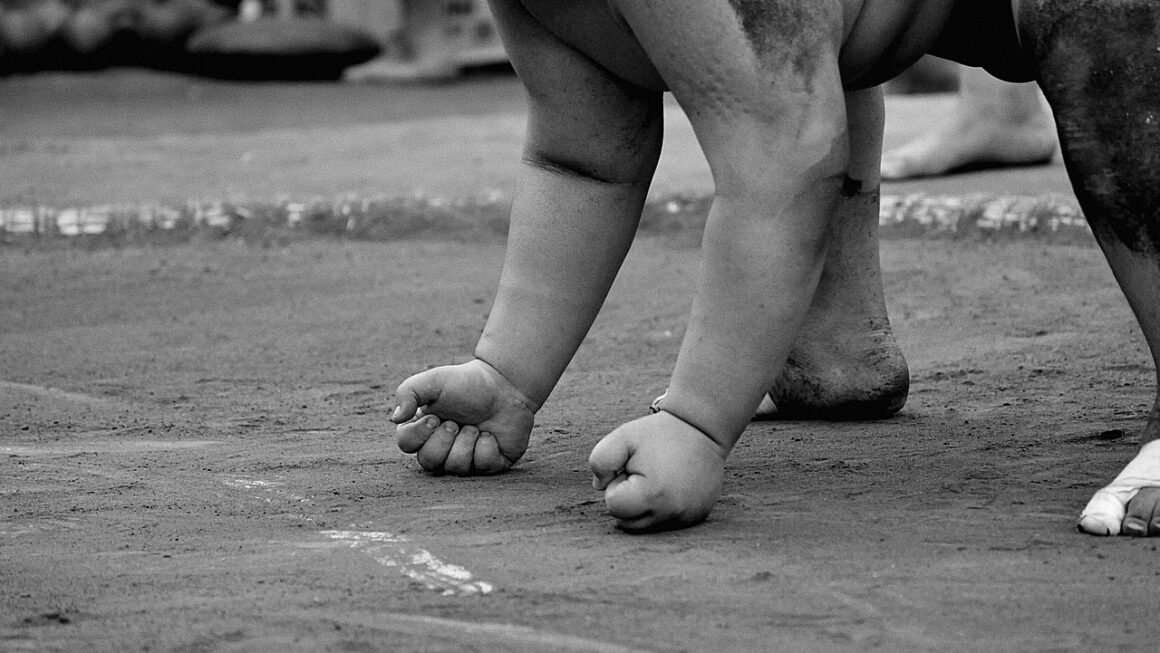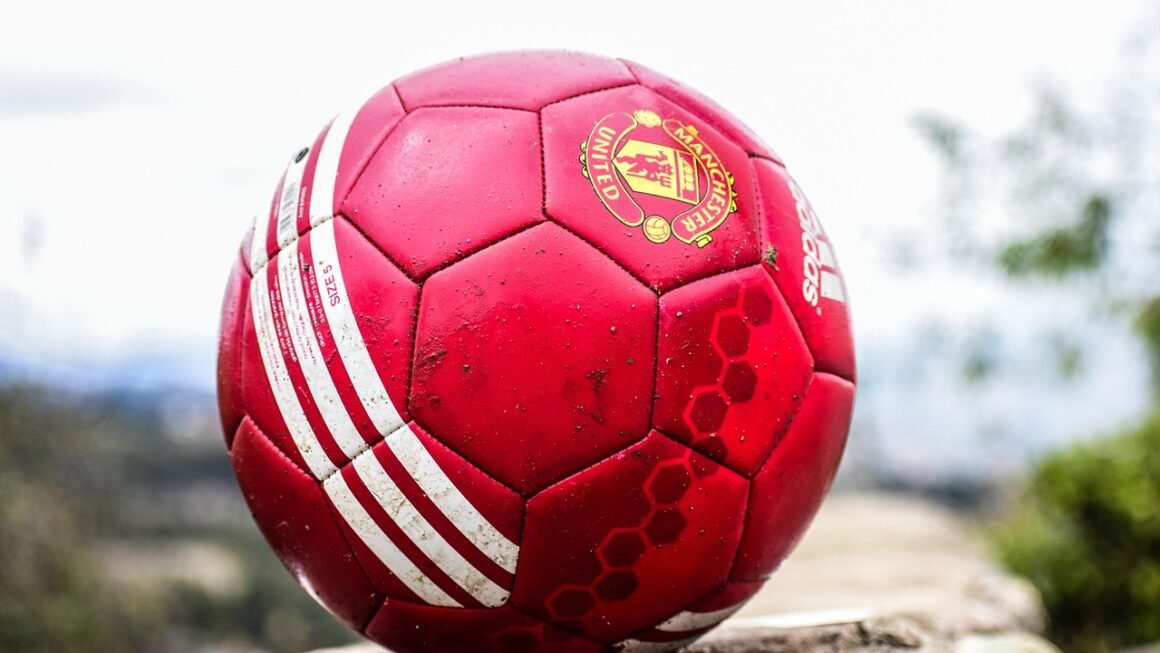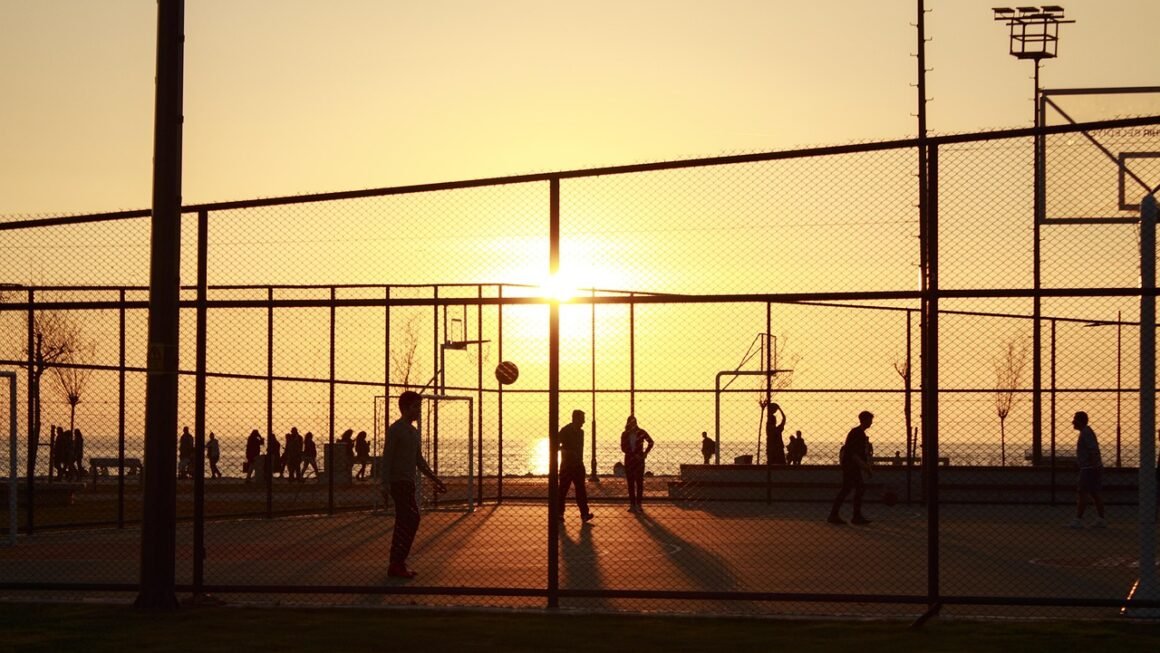Imagine the thrill of navigating winding trails, the rush of wind against your face, and the satisfaction of conquering challenging terrain. Mountain biking is more than just a sport; it’s an adventure that connects you with nature, pushes your physical limits, and offers a unique sense of freedom. Whether you’re a seasoned pro or just starting out, this comprehensive guide will delve into the exciting world of mountain biking, covering everything from essential gear to trail etiquette.
Choosing the Right Mountain Bike
Selecting the perfect mountain bike is crucial for an enjoyable and safe riding experience. The type of bike you choose will heavily depend on your riding style and the terrain you plan to tackle.
Types of Mountain Bikes
- Cross-Country (XC): These bikes are designed for speed and efficiency on relatively smooth trails. They typically feature lightweight frames, shorter travel suspension (around 100mm), and an emphasis on climbing ability. Example: Specialized Epic, Trek Top Fuel.
- Trail Bikes: The most versatile type of mountain bike, trail bikes offer a balance between climbing prowess and downhill capability. They usually have around 120-150mm of suspension travel. Example: Specialized Stumpjumper, Trek Fuel EX.
- Enduro Bikes: Built for aggressive descents and technical terrain, enduro bikes feature longer suspension travel (150-180mm) and a more relaxed geometry for stability at high speeds. These bikes are designed to be pedaled uphill, but their primary focus is downhill performance. Example: Yeti SB150, Santa Cruz Nomad.
- Downhill Bikes: These bikes are specifically designed for downhill racing and bike park riding. They have the longest suspension travel (over 180mm), extremely slack geometry, and are typically ridden on lift-accessed trails. Example: Trek Session, Santa Cruz V10.
- Fat Bikes: Equipped with oversized tires (typically 3.8″ or wider), fat bikes are designed for riding on snow, sand, and other soft surfaces. They offer excellent traction and stability in challenging conditions. Example: Surly Ice Cream Truck, Salsa Beargrease.
Frame Material Considerations
- Aluminum: A popular choice for its affordability and durability, aluminum frames offer a good balance of weight and strength.
- Carbon Fiber: Lighter and stiffer than aluminum, carbon fiber frames provide a more responsive and efficient ride. They are typically more expensive.
- Steel: Known for its durability and comfortable ride quality, steel frames are a classic choice for mountain biking. They are often heavier than aluminum or carbon fiber.
Key Components to Look For
- Suspension: Choose a suspension system appropriate for your riding style and terrain. Consider air or coil suspension, as well as adjustable rebound and compression damping.
- Brakes: Hydraulic disc brakes offer superior stopping power and modulation compared to mechanical disc brakes.
- Drivetrain: Look for a reliable drivetrain from brands like Shimano or SRAM. Consider the number of gears and the gear range to ensure you can handle the terrain you’ll be riding.
- Tires: Choose tires that are appropriate for the terrain you’ll be riding. Consider tire width, tread pattern, and compound.
- Actionable Takeaway: Research different types of mountain bikes and frame materials to find the perfect match for your riding style and budget.
Essential Mountain Biking Gear
Beyond the bike itself, having the right gear is essential for safety, comfort, and performance.
Safety First: Helmet and Protection
- Helmet: A properly fitted helmet is the most important piece of safety equipment. Look for a helmet that meets safety standards like CPSC or ASTM. Consider a helmet with MIPS (Multi-directional Impact Protection System) for added protection.
- Gloves: Protect your hands from blisters and abrasions. Full-finger gloves provide better protection.
- Eye Protection: Sunglasses or goggles protect your eyes from sun, wind, dust, and debris.
- Knee and Elbow Pads: Recommended for more aggressive riding or technical trails. Choose pads that offer a good balance of protection and comfort.
- Body Armor: Full-body protection is recommended for downhill riding and bike park sessions.
Clothing for Comfort and Performance
- Moisture-Wicking Jersey: Helps to keep you cool and dry by wicking sweat away from your skin.
- Cycling Shorts or Bib Shorts: Padded shorts provide comfort on long rides.
- Cycling Shoes: Designed for efficient power transfer, cycling shoes clip into clipless pedals.
- Socks: Choose moisture-wicking socks to keep your feet dry and comfortable.
- Jacket or Vest: Provides protection from wind and rain.
Essential Tools and Accessories
- Multi-Tool: A compact tool with various Allen wrenches, screwdrivers, and other essential tools for on-the-trail repairs.
- Tire Levers: Used to remove and install tires.
- Spare Tube or Tubeless Repair Kit: Essential for fixing flat tires.
- Pump or CO2 Inflator: Used to inflate tires.
- Water Bottle or Hydration Pack: Staying hydrated is crucial on long rides.
- First-Aid Kit: For treating minor injuries.
- Bike Lock: To secure your bike when leaving it unattended.
- GPS or Bike Computer: Tracks your ride data and provides navigation.
- Actionable Takeaway: Prioritize safety gear, then focus on clothing and accessories that enhance your comfort and performance on the trail.
Mastering Mountain Biking Techniques
Developing proper mountain biking techniques is crucial for safety, efficiency, and enjoyment.
Basic Skills
- Body Position: Maintain a neutral body position with your elbows and knees slightly bent. Keep your weight balanced over the center of the bike.
- Braking: Use both brakes evenly and modulate your braking force to avoid locking up the wheels.
- Shifting: Shift gears smoothly and efficiently to maintain a consistent cadence. Anticipate changes in terrain and shift gears accordingly.
- Cornering: Lean into turns and keep your weight balanced. Look through the turn and choose your line carefully.
- Climbing: Maintain a steady cadence and use your body weight to help propel the bike uphill.
- Descending: Stay relaxed and let the bike move beneath you. Keep your weight balanced and use your brakes to control your speed.
Advanced Techniques
- Bunny Hop: A technique for lifting the front and rear wheels over obstacles.
- Manual: Lifting the front wheel off the ground without pedaling.
- Wheelie: Riding on the rear wheel while pedaling.
- Jumping: Launching off jumps and landing smoothly.
- Drops: Riding off drops of varying heights.
Practicing and Improving
- Find a Skills Park: Many mountain biking areas have dedicated skills parks where you can practice basic and advanced techniques.
- Take a Clinic: A mountain biking clinic can provide expert instruction and help you improve your skills.
- Ride with Experienced Riders: Riding with more experienced riders can help you learn new techniques and improve your riding.
- Practice Regularly: The more you ride, the better you will become.
- Actionable Takeaway: Focus on mastering basic skills before moving on to advanced techniques. Practice regularly and seek out opportunities to improve your riding.
Finding and Planning Your Mountain Bike Rides
Discovering the best trails and planning your rides effectively ensures a memorable and safe mountain biking experience.
Researching Trails
- Trailforks: A comprehensive trail database with maps, descriptions, photos, and reviews.
- MTB Project: Another popular trail database with detailed information about trails around the world.
- Local Bike Shops: Your local bike shop is a great resource for finding trails in your area.
- Online Forums and Groups: Online forums and social media groups are a great way to connect with other mountain bikers and get recommendations for trails.
Planning Your Ride
- Check the Weather: Make sure to check the weather forecast before heading out on a ride.
- Assess Trail Conditions: Check trail conditions to ensure the trails are open and in good condition.
- Plan Your Route: Choose a route that is appropriate for your skill level and fitness level.
- Pack Essentials: Make sure to pack all of the essential gear and supplies you will need for your ride.
- Tell Someone Your Plans: Let someone know where you are going and when you expect to be back.
Trail Etiquette
- Yield to Uphill Traffic: Uphill riders have the right-of-way.
- Control Your Speed: Ride at a speed that is safe for the trail conditions.
- Leave No Trace: Pack out everything you pack in and stay on designated trails.
- Be Respectful of Other Trail Users: Share the trail with hikers, equestrians, and other trail users.
- Communicate: Use verbal cues to alert other trail users of your presence.
- Actionable Takeaway: Thoroughly research trails, plan your rides carefully, and practice good trail etiquette to ensure a safe and enjoyable experience for everyone.
Maintaining Your Mountain Bike
Regular maintenance is crucial for keeping your mountain bike in top condition and preventing costly repairs.
Basic Maintenance
- Clean Your Bike: After each ride, clean your bike with water and a mild detergent.
- Lubricate Your Chain: Lubricate your chain regularly to keep it running smoothly.
- Check Your Tire Pressure: Check your tire pressure before each ride.
- Inspect Your Brakes: Inspect your brakes to make sure they are working properly.
- Check Your Shifting: Check your shifting to make sure the gears are shifting smoothly.
Regular Maintenance
- Tune-Ups: Take your bike in for a tune-up at least once a year.
- Replace Worn Parts: Replace worn parts such as brake pads, chains, and cassettes as needed.
- Suspension Service: Have your suspension serviced regularly to keep it performing optimally.
- Bleed Brakes: Bleed your brakes to remove air bubbles and maintain optimal braking performance.
Tools for Maintenance
- Bike Stand: A bike stand makes it easier to work on your bike.
- Chain Lube: Use a high-quality chain lube to keep your chain running smoothly.
- Chain Cleaner: Use a chain cleaner to remove dirt and grime from your chain.
- Tire Pump: Use a tire pump to inflate your tires to the correct pressure.
- Allen Wrench Set: An Allen wrench set is essential for working on various parts of your bike.
- Torque Wrench: A torque wrench is used to tighten bolts to the correct torque specification.
- Actionable Takeaway:* Establish a regular maintenance routine to keep your mountain bike in top condition and prevent costly repairs.
Conclusion
Mountain biking offers an incredible blend of physical challenge, mental focus, and connection with nature. By choosing the right bike and gear, mastering essential techniques, planning your rides effectively, and maintaining your equipment, you can unlock the full potential of this exhilarating sport. So, get out there, explore the trails, and experience the thrill of mountain biking for yourself!



